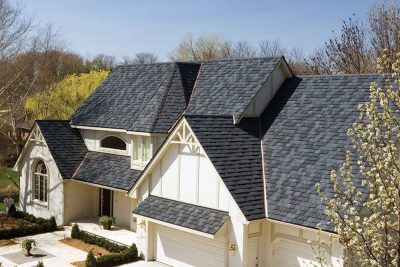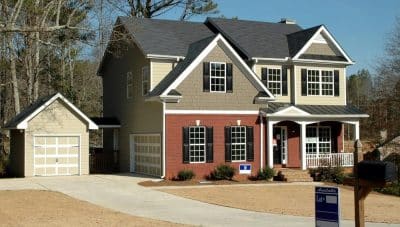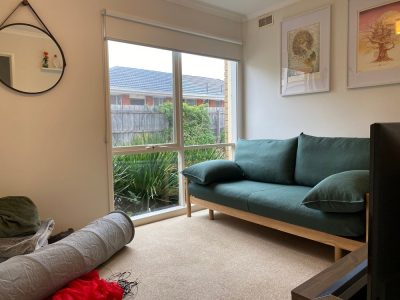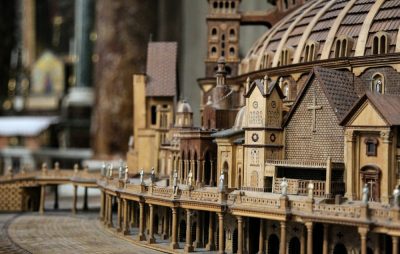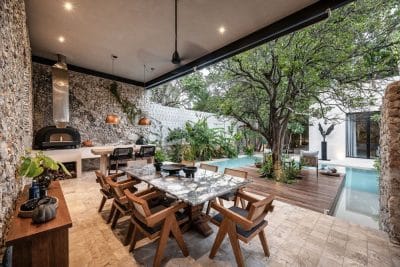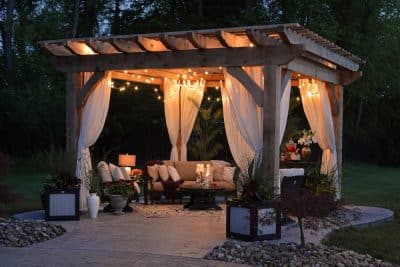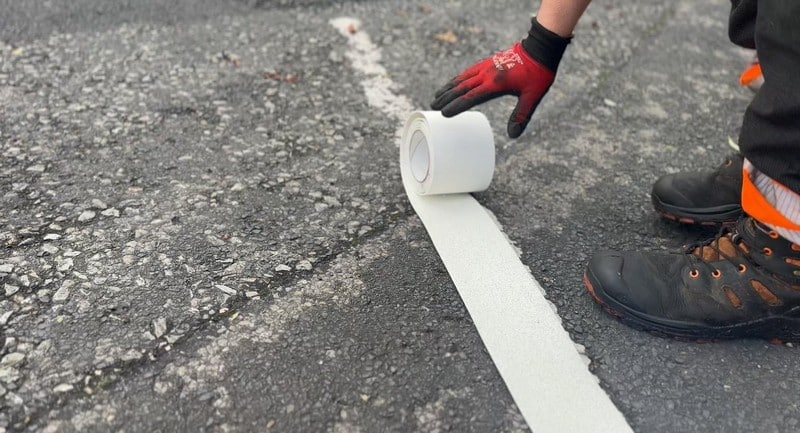
In recent years, homeowners, architects, and landscape designers have been rethinking what makes an outdoor space both functional and beautiful. Gardens and courtyards are no longer treated as simple extensions of the home they’re now key design zones that balance aesthetics, safety, and everyday usability.
One of the most overlooked aspects of outdoor design is the way markings and boundaries are defined. From driveways and shared access lanes to courtyards and play areas, structure plays a crucial role in how these spaces are used. Increasingly, professionals are turning to thermoplastic line markings as a modern, sustainable, and design-conscious solution.
From Roads to Residential Design
Thermoplastic markings were once reserved for highways and public car parks, but today they’re finding a new place in domestic design. Their appeal lies in a combination of practicality and subtle sophistication. Applied using heat, thermoplastic materials bond permanently to asphalt or concrete surfaces, creating crisp, weather-resistant lines and symbols that last for years.
Unlike traditional paints that fade or peel, thermoplastic markings maintain their colour and form even in harsh conditions making them ideal for high-use areas like driveways, courtyards, and private access roads. Their durability, low maintenance, and design flexibility have made them a growing favourite among architects who value long-term performance without sacrificing visual appeal.
For those considering this upgrade, it’s worth exploring the range of thermoplastic lines and symbols available from Ready Set Supplied. Their preformed products are easy to install and offer design versatility that suits both commercial and residential spaces.
Defining Space With Precision and Purpose
Good design often depends on clear spatial organisation. In outdoor settings, this can mean delineating parking bays, guiding pathways, or highlighting play zones all of which improve usability while maintaining order.
Thermoplastic markings bring a refined clarity to these layouts. For example, a carefully designed courtyard can use minimalist lines to separate vehicle areas from pedestrian walkways without interrupting the landscape’s natural flow. In communal driveways or developments with multiple units, they add a professional finish that signals quality and attention to detail.
For family homes, preformed thermoplastic symbols can transform a standard driveway into a safe, engaging area for children to play. Simple designs like hopscotch patterns or learning symbols encourage outdoor activity while integrating seamlessly with surrounding materials.
Durability That Complements Sustainable Design
As sustainability becomes a cornerstone of modern design, materials that offer longevity and low maintenance are increasingly prioritised. Thermoplastic markings align with this ethos perfectly. Once applied, they can last up to ten times longer than painted alternatives, significantly reducing the need for recoating and material waste.
Their composition also allows for strong adherence without the use of chemical adhesives or solvent-based paints, making them a cleaner choice for environmentally conscious projects. In a broader sense, they contribute to the sustainable principle of “build once, build well” ensuring form and function endure for years to come.
Enhancing Visual Harmony
While functional, these markings don’t need to look industrial. Today’s preformed thermoplastic products come in a variety of finishes and colours, allowing them to complement rather than clash with exterior palettes. Subtle off-whites or charcoal tones blend beautifully with contemporary paving or minimalist concrete, while brighter hues can be used for creative highlights or family-oriented spaces.
This design flexibility means thermoplastic markings can be part of the overall architectural vision, rather than an afterthought. Architects are increasingly incorporating them into modern landscape plans, ensuring every element from lighting to layout works cohesively.
Blending Aesthetics With Safety
Perhaps the most compelling reason for their rise in residential and small-scale development use is the balance they strike between aesthetics and safety. A sleek, well-marked driveway not only looks professional but also guides visitors intuitively, reduces the risk of accidents, and enhances overall accessibility.
In larger estates or shared community spaces, clear thermoplastic lines can define boundaries without creating visual clutter. For example, subtle edge markings can help prevent overstepping into landscaped zones while maintaining a clean, unobtrusive finish.
A Modern Upgrade for Timeless Spaces
Thermoplastic line markings demonstrate how functionality and design can intersect seamlessly. They bring structure, enhance safety, and introduce an understated beauty that elevates even the most practical surfaces.
For homeowners, developers, or designers seeking to make long-lasting, visually cohesive improvements, they represent a forward-thinking choice one that quietly enhances form and function alike.

